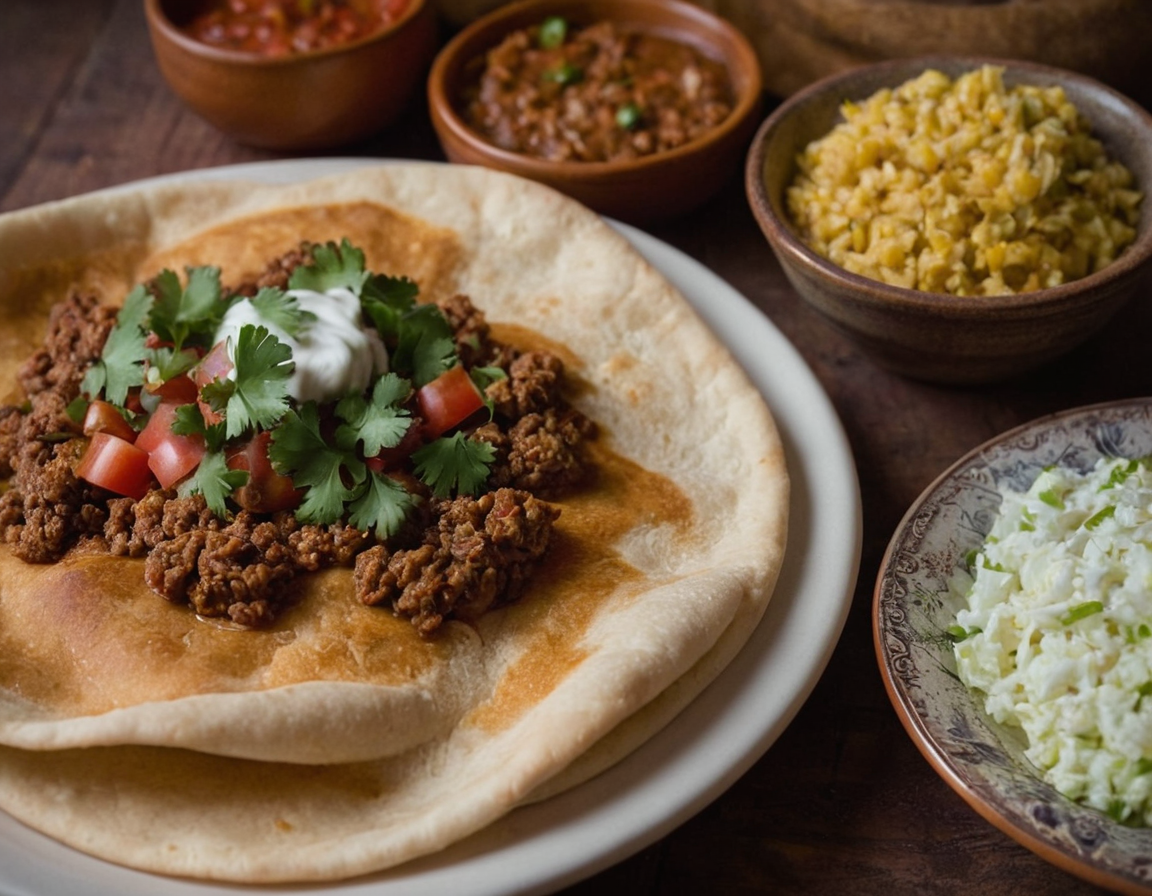
History of Chalupas
Introduction
Chalupas, a traditional Mexican dish, are a beloved staple in Mexican cuisine. Their history is rich and varied, reflecting the diverse influences and culinary evolution of Mexico. This article explores the origins, development, and cultural significance of chalupas, providing a comprehensive overview of this delicious dish.
1. Origins of Chalupas
1.1. Pre-Hispanic Roots
The roots of chalupas can be traced back to ancient Mexico, where indigenous peoples such as the Aztecs and Mayans used maize as a fundamental food source. Corn was ground into a dough called masa and used to make various types of flatbreads, which are the precursors to modern chalupas.
1.2. Spanish Influence
Following the Spanish conquest in the 16th century, European ingredients and cooking techniques began to blend with indigenous Mexican practices. This period saw the introduction of new flavors and cooking methods, influencing traditional dishes like chalupas.
2. Traditional Chalupas
2.1. Ingredients and Preparation
Traditional chalupas consist of a small, round tortilla made from masa, which is fried until crispy. They are typically topped with a variety of ingredients such as meats, beans, cheese, and salsa. The simple yet versatile nature of chalupas makes them a popular choice for many occasions.
2.2. Regional Variations
Chalupas have different variations across Mexico. For instance, in Puebla, chalupas are often smaller and served with a red or green sauce, while in other regions, they may include additional toppings like shredded beef or chicken.
3. Chalupas in Mexican Cuisine
3.1. Street Food Staple
In Mexico, chalupas are a popular street food, often enjoyed as a quick and satisfying meal. Vendors typically serve them with a variety of toppings and sauces, allowing customers to customize their chalupas to their taste.
3.2. Cultural Significance
Chalupas hold a special place in Mexican culture, representing the ingenuity of Mexican cooking and the importance of maize in the diet of its people. They are commonly featured in festivals, family gatherings, and everyday meals.
4. Modern Adaptations
4.1. Global Popularity
As Mexican cuisine has gained international recognition, chalupas have also made their way into global food culture. They are now found in many Mexican restaurants around the world, often with creative twists and variations.
4.2. Fusion Dishes
Modern chefs have experimented with chalupas, incorporating ingredients and techniques from various culinary traditions. This has led to fusion dishes that blend traditional chalupa components with global flavors.
5. How to Make Chalupas at Home
5.1. Ingredients Needed
To make authentic chalupas at home, you will need masa harina, oil for frying, and a selection of toppings such as beans, meats, cheese, and salsas.
5.2. Step-by-Step Recipe
- Prepare the masa dough and shape it into small, round discs.
- Fry the discs in hot oil until they are crispy and golden brown.
- Drain excess oil and top the chalupas with your choice of ingredients.

6. Conclusion
Chalupas have a rich history that reflects the blending of indigenous and Spanish culinary traditions. From their ancient origins to their modern adaptations, chalupas remain a cherished part of Mexican cuisine, celebrated for their versatility and flavor. Whether enjoyed as street food or made at home, chalupas continue to be a delicious testament to Mexico’s vibrant food culture.
FAQs
- What are chalupas traditionally made from? Chalupas are traditionally made from masa (corn dough) and are topped with a variety of ingredients.
- Are chalupas similar to tacos? While chalupas and tacos both use tortillas, chalupas are typically fried and have a thicker, crispier texture.
- Can chalupas be made vegetarian? Yes, chalupas can be made vegetarian by using toppings such as beans, cheese, and vegetables.
- How can I make chalupas spicier? To make chalupas spicier, add hot salsa, jalapeños, or other spicy ingredients to the topping.
- Where can I find chalupas outside of Mexico? Chalupas are commonly found in Mexican restaurants around the world and may also be featured in fusion cuisine.
